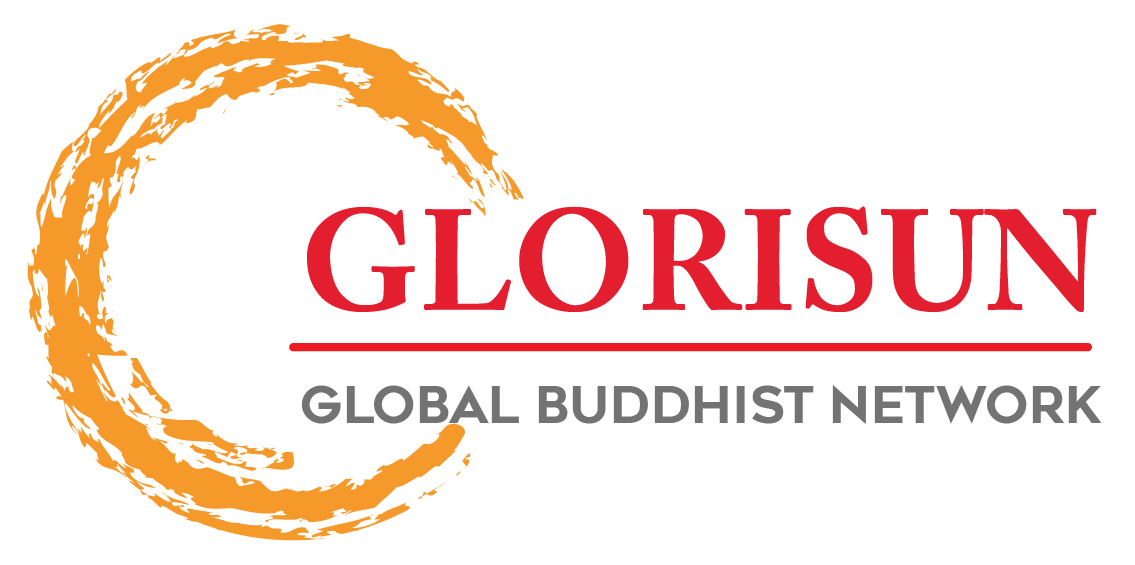Click here return to the Hualin main page.
Click here return to the Hualin E-Journal Vol 8.1 Table of Contents page.
Hualin International Journal of Buddhist Studies 8.1 (2025): 252–285; https://dx.doi.org/10.15239/hijbs.08.01.07
(This article belongs to the Special Issue Asia-European Exchanges Mediated through Buddhism, Buddhism and Medicine: New Perspectives)
The Bodhisattva Physician in Tibet: Instituting Professional Medical Ethics at Sakya Monastery
William A. MCGRATH
New York University
wmcgrath@nyu.edu
Abstract: The Hippocratic Oath has long oriented the medical ethics of West Eurasia and North Africa. Is there a parallel source that guides the professional ethics of Tibetan medicine? This essay traces ethical prescriptions for the practice of medicine in Tibet, from advice found in the early scriptures of Tibetan medicine to its institutionalization during the period of Mongol-Sakya hegemony (ca. 1250–1350). According to the Four Tantras and other Tibetan medical texts that were composed over the twelfth and thirteenth centuries, physicians should primarily strive to protect their reputations and to ensure professional success. Once Tibetan medicine was instituted at the Buddhist monastery in the fourteenth century, however, the intimacy of the physician-patient relationship was compared to that of a parent and child, and bodhisattva physicians increasingly practiced medicine on the path to Buddhahood. By tracing a historical genealogy of ethical prescriptions in Tibetan medical texts, this study argues that the ethics of Tibetan physicians are intimately tied to the social and institutional contexts of their profession. As such, the establishment of a medical education and practice at Sakya monastery fostered the flourishing of the bodhisattva physician in fourteenth-century Tibet and beyond.
Keywords: Buddhism, medicine, Tibet, ethics
About the Author: William A. McGrath is the Robert H. N. Ho Family Foundation Assistant Professor of Buddhist Studies at New York University, where he teaches in the Department of Religious Studies. His research primarily concerns the historical intersections of religion and medicine in Tibet and he recently co-edited the volume Histories of Tibet: Essays in Honor of Leonard W. J. van der Kuijp (2023).
This is an open access article distributed under the Creative Commons Attribution License which permits unrestricted use, distribution, and reproduction in any medium, provided the original work is properly cited.
